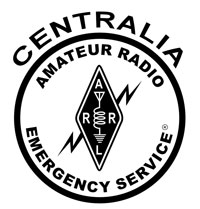 It’s Only A Week Away!
It’s Only A Week Away!
Centralia Amateur Radio Emergency Services will take part in the Solar Eclipse QSO Party, as listed in the August QST magazine – with a few twists of our own. Here in beautiful, historic Centralia we will see only a partial eclipse – about 95% total eclipse – but that is reason enough to have some fun.
The eclipse begins locally at 9:07 am on Monday, August 21st and is at maximum totality at 10:19 am finally ending at 11:38 am. The ARES team plans to set up our communications van, Comm II, in the park & ride across from the Mellen Street Training Center. On the air operations begin at 8 am and will continue to 1 pm. But it’s not just the HF frequencies! We’ll also be on the air taking VHF contacts during the same span of time, using the BawFaw and K7CEM Repeaters.
We’ve got some fun surprises in store, after all, it is a party! Come and work the QSO party with us in Comm II and you will receive a full color “Solar Eclipse 2017” certificate. If you can’t join us on site, check in with us on the HF bands or on the VHF K7CEM Repeater and receive a one-of-a-kind special event QSL card. Contact us on both the K7CEM AND the BawFaw repeater and receive two different, one of a kind QSL cards!
We’ll also have some special “Lunar Cookies” and Moon Pies on hand, some “Solar Shots (coffee)” to keep you awake and even a few special surprises. You certainly don’t want to miss this party. Join us – come on, it’s a Monday for crying out loud. You wanted an excuse to take the day off anyway. How often do you get to sneak away on a Monday, play amateur radio AND see a solar eclipse. If you can’t take the day off, at least take your HT to work and give us a shout! You will certainly want those amazing once in a lifetime QSL cards. No one else has’em so get on the air and get’em!
Let’s make history together!

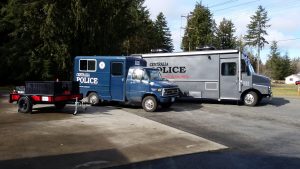
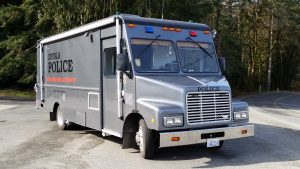
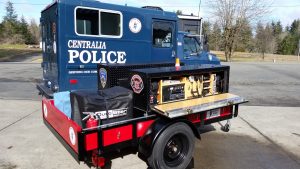
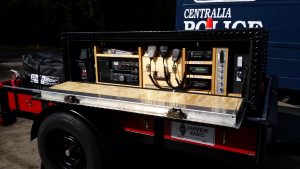
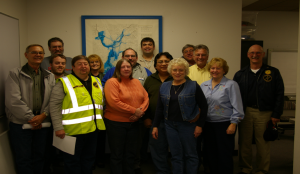 This is our first team photo, dated, I believe, October 2008. After the devastating floods of 2007, Centralia Emergency Services were looking at emergency communications options and the Centralia Amateur Radio Emergency Services team was born. Of these 14 team members, seven are still team members today, six have moved on and one has passed away. They all look a little younger but they are a great looking bunch!
This is our first team photo, dated, I believe, October 2008. After the devastating floods of 2007, Centralia Emergency Services were looking at emergency communications options and the Centralia Amateur Radio Emergency Services team was born. Of these 14 team members, seven are still team members today, six have moved on and one has passed away. They all look a little younger but they are a great looking bunch!